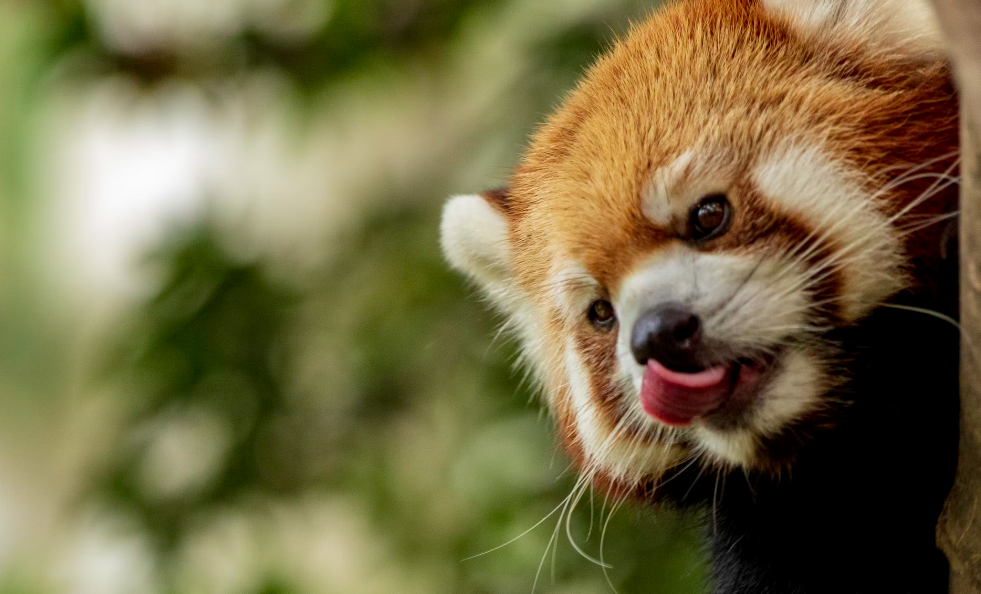Have You Ever Heard of a Red Panda?

© Michael Payne / Unsplash
These charismatic critters are not your average furballs, they are the forest’s very own fashionistas, rocking that signature rust-colored coat like they just stepped off a runway in the Himalayan highlands. But hold onto your bamboo shoots, because there’s more to these adorable creatures than meets the eye.
Is the Red Panda a Bear or a Raccoon?
The classification of red pandas has been a subject of debate among scientists. Initially, they were thought to be related to raccoons due to similarities in their skulls, teeth, and tails. Some genetic research even suggested a connection to bears.

However, more recent genetic studies have placed red pandas in a distinct family called Ailuridae. These studies also indicate that red pandas likely share a common ancestor with skunks, raccoons, and weasels. Interestingly, their ancestors lived in North America around five million years ago. So, red pandas are not bears or raccoons but belong to their own unique family.
Fun Facts About Red Pandas
Besides looking so adorably cute and fluffy, red pandas have some additional quirks as well.
Red pandas inhabit high-altitude forests in the Himalayas and other mountainous regions with bamboo. Recent genetic studies suggest that the previously recognized subspecies of red pandas may be two distinct species: Ailurus fulgens fulgens and Ailurus fulgens styani. The former is mainly found in Nepal, India, and Bhutan, while the latter primarily resides in China and Myanmar, known for its larger size and deeper red color.
Red pandas are known for their love of snowy environments and communicate through various vocalizations and scent markings. They mark their territory and convey information about their sex, age, and more through scent markings on surfaces and through scent glands between their foot pads, which produce an odorless liquid.
They have a unique adaptation in their tongue that allows them to collect and interpret scents from their environment. Despite having the digestive system of carnivores, red pandas are primarily herbivorous, with bamboo making up about 95% of their diet. They also consume other plant matter, and insects, and occasionally hunt birds and small mammals.
In captivity, they are fed a diet consisting of bamboo, bamboo shoots, and other produce items as treats. Red pandas are solitary animals, except during the breeding season when pairs may come together. Their offspring typically stay with their mothers for about a year before becoming independent.
The Endagerment Issue
Unfortunately, red pandas are endangered, with their population declining by over 50% in the last two decades. It is estimated that only around 2,500 red pandas remain in the wild, making their conservation a significant concern.
From their snow-loving antics to their quirky communication methods and bamboo-filled feasts, red pandas have charmed their way into our hearts. Let’s not forget the vital role we play in preserving their habitat and ensuring their survival for generations to come!


